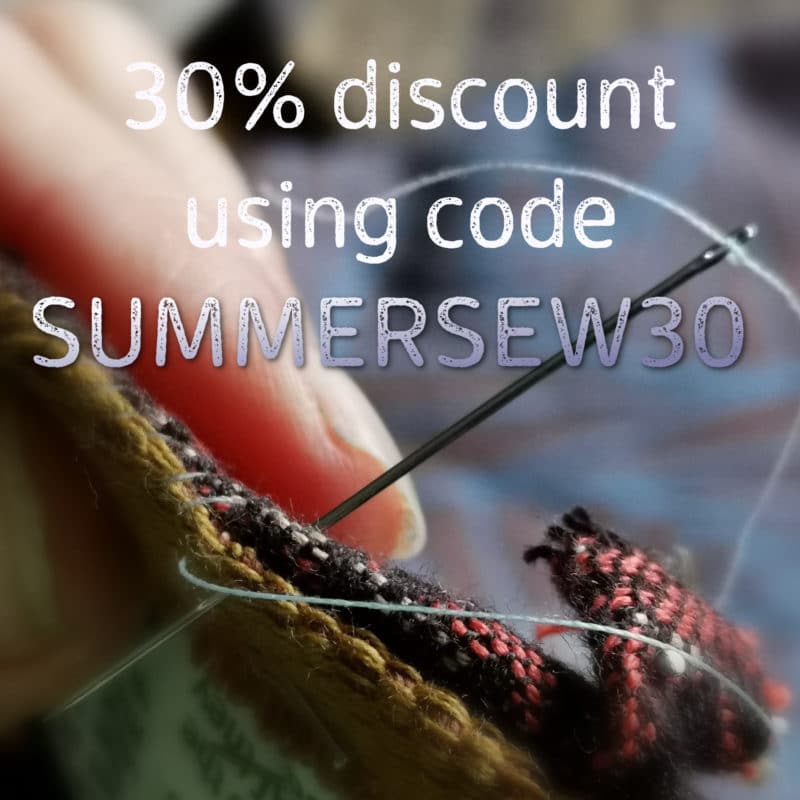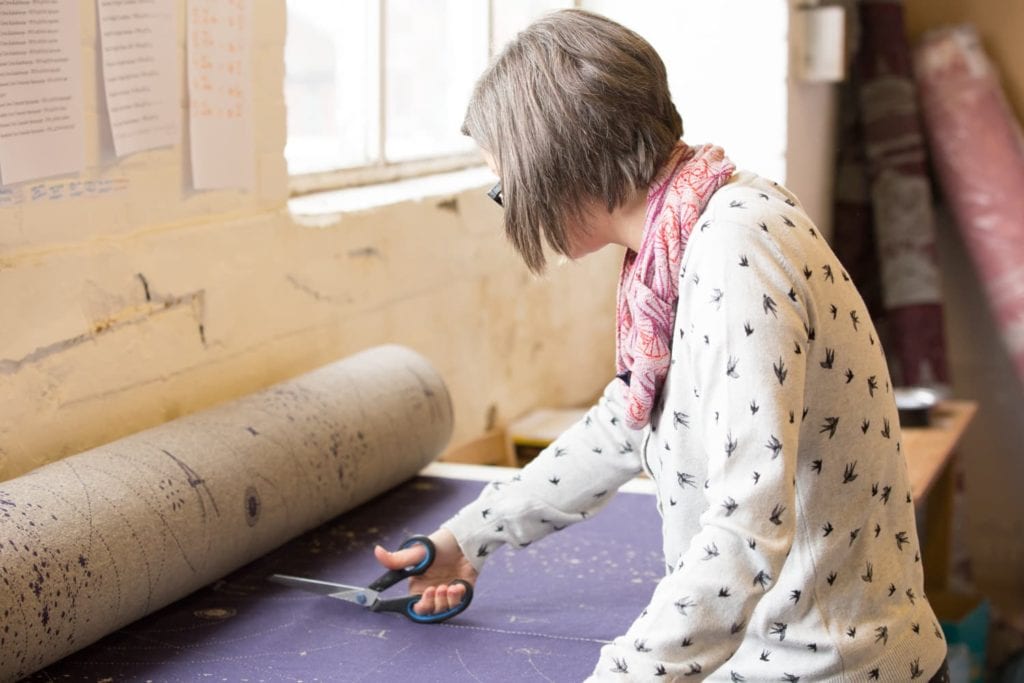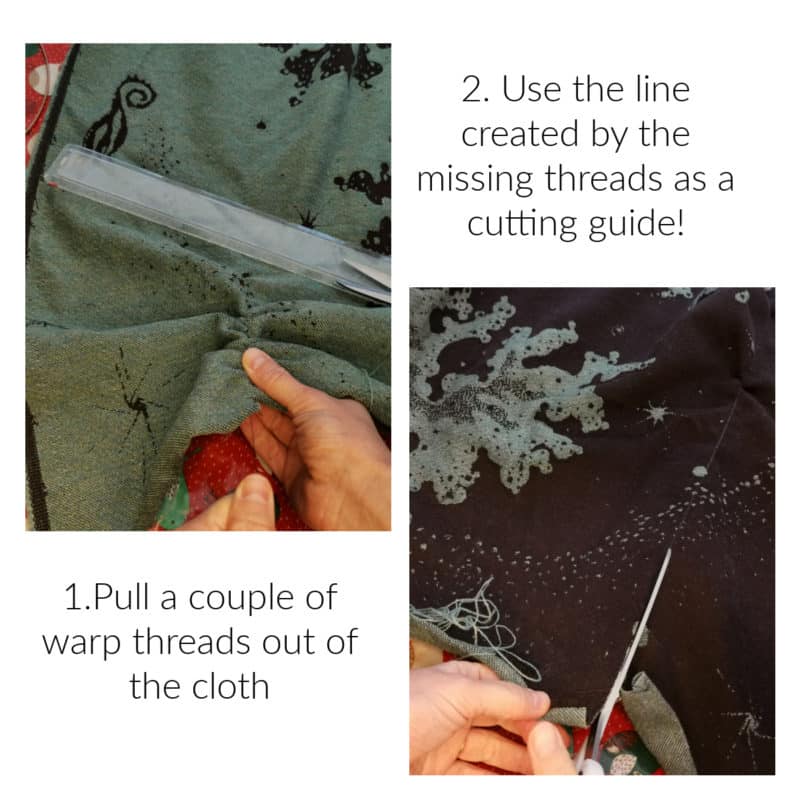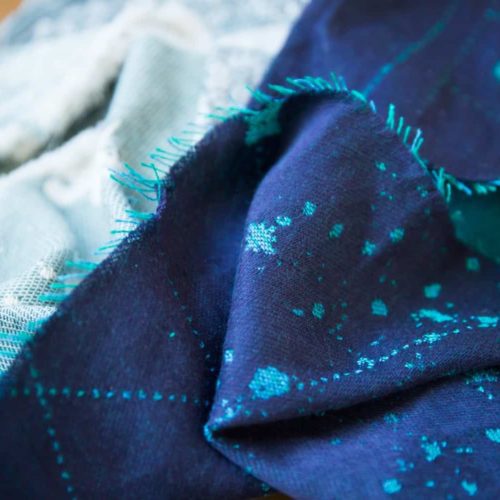Behind the scenes at Firespiral
Summer Sew-along
Do you fancy getting crafty this summer? Join our summer sew-along for some friendly support and the chance to win a little prize too!
We’re giving you 30% discount on all unhemmed wrap cloth using the code
SUMMERSEW30
from now until the 31st August 2023, so that you can get what you need for your project, then join the chat in our facebook group to share your progress each week and for your chance to win a little prize!
You can make anything you like, you’ll find inspiration for projects both here and in our group.
Click the link below for our list of wrap cloth tutorials.
What are we working on this summer?
Jen is sewing a wrap scrap patchwork quilt using the English paper piecing method. Whilst this hand sewing method takes longer than using a sewing machine, it is great for working with wrap cloth because it stabilises the cloth as you sew it. It also allows her to sit and sew patches when she’s out and about, but crucially it is quieter than using the sewing machine so that it doesn’t upset the dog at night…

Tamsin is planning to sew a children’s waistcoat using a Twig & Tale pattern this summer.
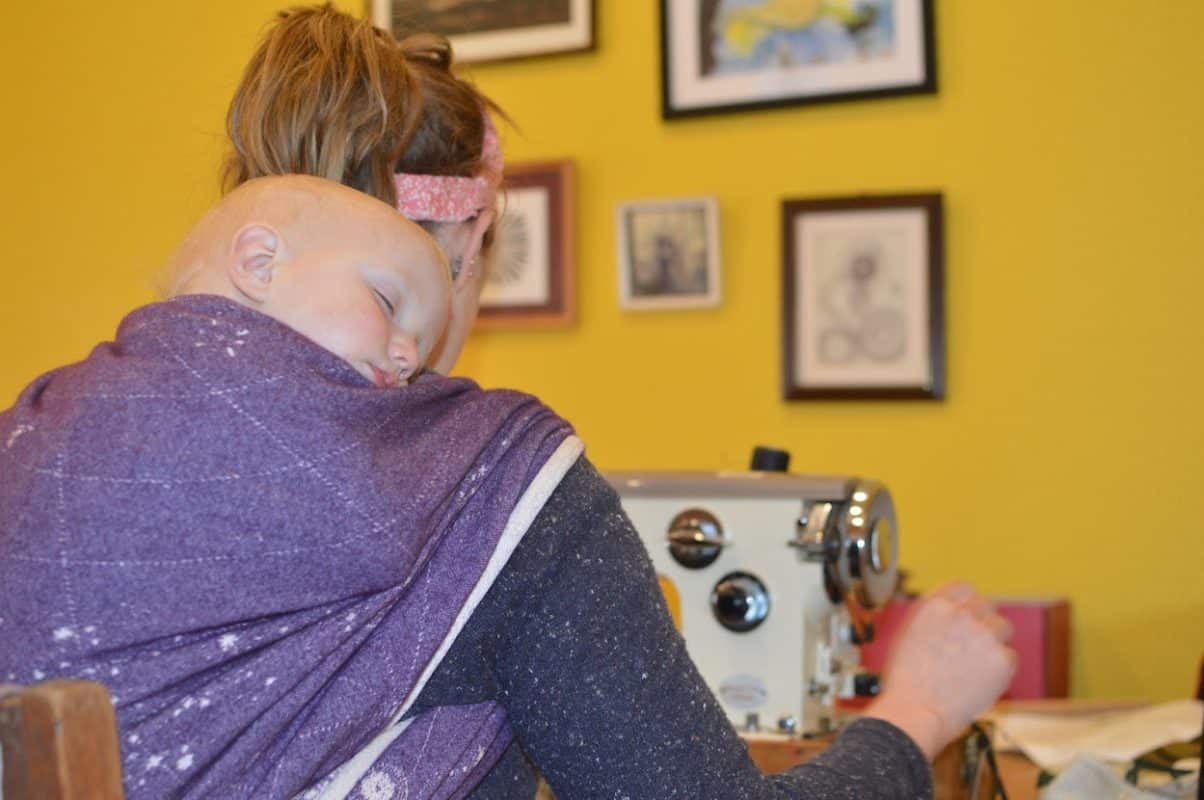
Our Tips for working with Wrap cloth
Wrap cloth is quite loosely woven compared to other types of cloth. This means that the raw edges of the cloth will fray if you don’t fix them.
- Give yourself a generous seam allowance- maybe more than your pattern suggests
- Fix the edges first either with an overlocker (serger in the US) or a zig zag stitch if you can.
- For crafting projects and tiny pieces you can use a fusible backing layer that irons on and holds the cloth in place.
Loomstate cloth behaves differently to washed cloth.
- Wrap cloth will tighten up when it has been washed, so take this into account when you cut your pieces out.
- Iron your cloth to stretch it back out after a wash
Wrap cloth has a lot of movement and stretch to it.
- pull out an entire warp or weft thread to create a neat cutting line to follow! You’ll have to pull weft threads out more gently as they can snap much easier than warp threads.
- When sewing on the bias (diagonally, not following the warp or weft thread direction) be aware that the cloth can stretch out of shape. Sew pointy shapes from the tip of the point, back towards the blunt end.
We’re looking forward to seeing what you make!!
